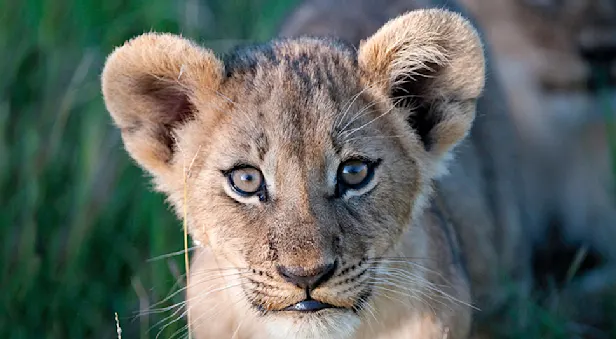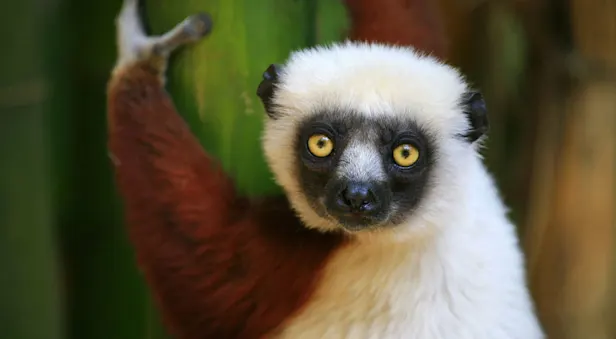
Know Before You Go


Other Birds | Madagascar Wildlife Guide
SUBDESERT MESITE
The subdesert mesite is a ground-dwelling bird, distinct from other mesites due to its long, curved bill. They have gray upperparts, narrow white eyebrows and white underparts. The male’s breast and the sides of his neck are flecked with black crescents. The female’s chest is covered with rufous spots, and she has tawny cheek patches.
Subdesert mesites feed on seeds, fruits and vertebrates and will dig into the earth to forage for food. They inhabit spiny thickets in open areas, building exposed twig platforms in shrubs within 6 feet of the ground. Females lay one to two eggs, and both father and mother incubate and care for their young.
Subdesert mesites have a very limited geographic range that is constricted to a lowland region in southwest Madagascar and are listed as vulnerable by the International Union for the Conservation of Nature (IUCN) due to habitat fragmentation and hunting.
GROUND ROLLERS
The ground rollers are a most attractive family. There are four rainforest species, including the pitta-like ground roller and scaly ground roller and one from the spiny forest, the long-tailed ground roller. Most excavate long nest burrows. The short-legged ground roller, however, nests in tree cavities up to 65 feet above ground.
The scaly ground roller is a bird that lives on the forest floor. It likes to eat insects and frogs. Predators of the scaly ground roller are snakes, sharks, eagles and humans. The scaly ground roller is a carnivore.
COLLARED NIGHTJAR
Adult collared nightjars are dark in color with a pattern of gray, brown, black and white feathers on their upperparts and chest. Their dark-brown tail is barred with darker markings, and males have large white tips on the three outermost tail feathers (females have buff tips). These nightjars have a buff collar around their neck and nape, which distinguishes them from their close relative, the whip-poor-will. Their distinctive call is an accelerating cuk, cuk, cuk, cuk, cuk, cukacheea. These birds rest on the ground during the day and make forays to catch flying insects at night, dawn and dusk.
Females lay two eggs on the ground close to surrounding rocks or brush. Adults have been known to feign injury to lead predators away from their young. Photo Credit: Denise Ramsey
See Amazing Birdlife on These Africa Trips

Botswana: Kalahari, the Delta & Beyond
Witness the spectacle of Botswana during the green season under changing skies, as the desert bursts forth with life, wildlife thrives with seasonal water, and new births fill the plains.
































